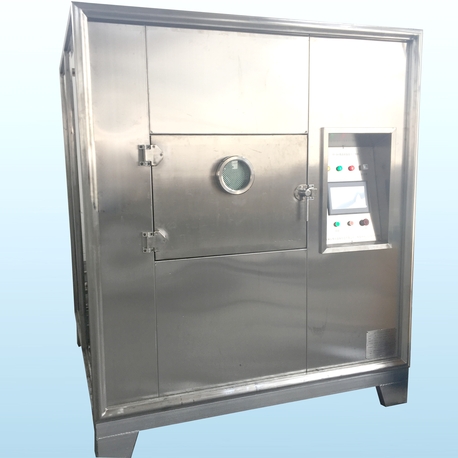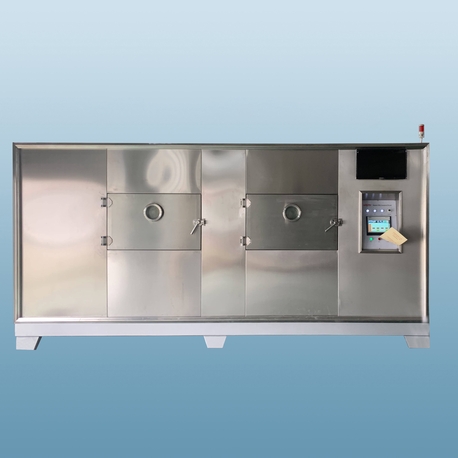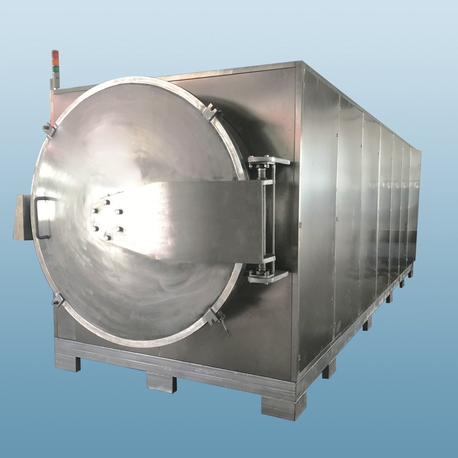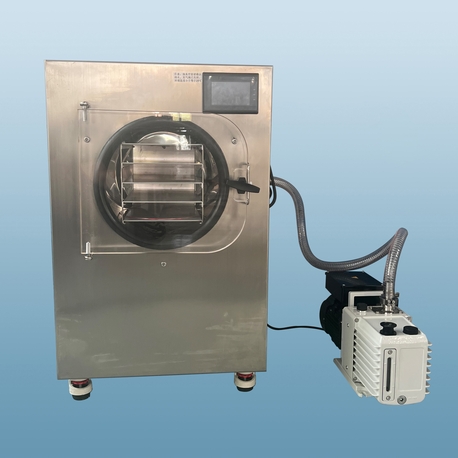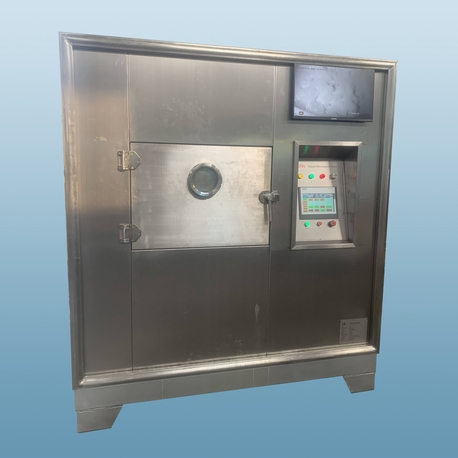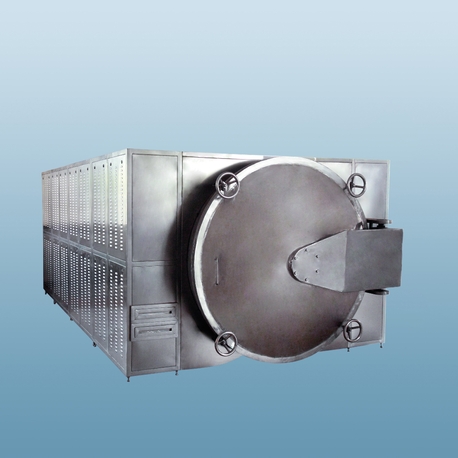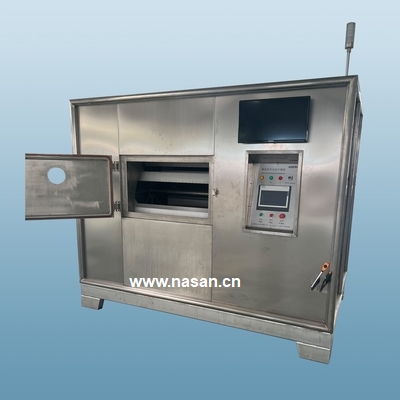Are you tired of throwing away food that’s gone bad too soon? Do you struggle with clumpy sugar, soggy crackers, or moldy herbs? If so, it might be time to consider a food dehumidifier. These innovative appliances are designed to extend the shelf life of your food by controlling moisture levels in storage areas. In this article, we’ll explore how a food dehumidifier works, its benefits, and what to look for when choosing one. We’ll also answer some common questions to help you make an informed decision.
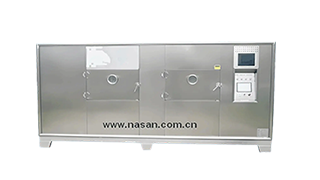
What Is a Food Dehumidifier and How Does It Work?
A food dehumidifier is a device that reduces humidity in enclosed spaces like pantries, cabinets, or containers where food is stored. Excess moisture can lead to spoilage, mold growth, and loss of texture and flavor in dry goods such as flour, cereals, spices, and snacks. By maintaining an optimal humidity level, a food dehumidifier helps preserve food quality and freshness.
These devices typically use desiccant materials like silica gel or activated alumina to absorb moisture from the air. Some models, including those from brands like Nasan, feature electric fans or ventilation systems to circulate air and enhance drying efficiency. Unlike large room dehumidifiers, food dehumidifiers are compact, portable, and designed specifically for food storage areas. They are safe, energy-efficient, and easy to use—simply place them in your pantry or container, and they’ll start working silently to protect your food.
Key Benefits of Using a Food Dehumidifier
Investing in a food dehumidifier offers several advantages for households and commercial kitchens alike. Here are some of the top benefits:
Reduces Food Waste: By preventing mold and spoilage, a food dehumidifier helps you get the most out of your groceries. This is not only economical but also environmentally friendly.
Preserves Flavor and Nutrition: Moisture can cause foods to lose their taste and nutritional value. A dehumidifier keeps dry foods crisp and flavorful.
Prevents Clumping: Say goodbye to hardened sugar or clumpy flour. With controlled humidity, these common kitchen annoyances become a thing of the past.
Versatile Application: Beyond pantries, food dehumidifiers can be used in refrigerators, freezers, and storage containers to keep moisture at bay.
Low Maintenance: Devices like the Nasan food dehumidifier are reusable—many can be reactivated by heating in an oven or microwave, making them a long-lasting solution.
Ideal Uses and Environments for a Food Dehumidifier
A food dehumidifier isn’t just for individual households; it’s useful in various settings. In homes, it’s perfect for pantries, kitchen cabinets, and storage containers. If you live in a humid climate, these devices are essential to combat the constant moisture in the air. They’re also great for RVs, boats, and vacation homes where food might be stored for long periods without frequent use.
In commercial environments, such as restaurants, cafes, and food storage facilities, a food dehumidifier helps maintain compliance with health standards by preventing mold and bacteria growth. For businesses, reducing food waste can lead to significant cost savings. Brands like Nasan offer models suitable for both small and large spaces, providing flexibility depending on your needs.
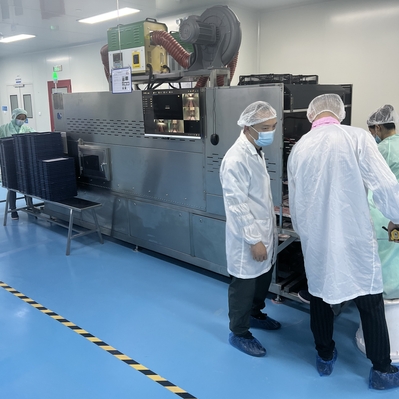
How to Choose the Right Food Dehumidifier for Your Needs
Selecting the best food dehumidifier depends on several factors. First, consider the size of the area you need to protect. For small spaces like a spice jar, mini dehumidifier pods work well. For larger pantries or cabinets, opt for a device with broader coverage.
Next, look at the type of dehumidifier. Desiccant-based models are common and effective, but some electric versions offer faster results. Also, check for usability features—reusable units are more sustainable and cost-effective. The Nasan food dehumidifier, for example, is known for its reusable design and high absorption capacity.
Finally, consider safety and design. Ensure the device is food-safe and BPA-free if it comes into direct contact with food. Aesthetic design might also matter if you prefer something discreet or modern-looking for your kitchen.
Common Questions About Food Dehumidifiers
How often do I need to reactivate or replace my food dehumidifier?
Most desiccant-based dehumidifiers, including those from Nasan, can be reactivated every few weeks or months, depending on humidity levels. You’ll know it’s time when the indicator (if available) changes color or the unit feels saturated.
Can I use a food dehumidifier in the refrigerator?
Yes! In fact, refrigerators can be humid environments due to temperature fluctuations. A food dehumidifier can help keep fruits, vegetables, and other items fresher for longer.
Is a food dehumidifier the same as a regular room dehumidifier?
No. Room dehumidifiers are larger and designed to handle big spaces, while food dehumidifiers are compact, targeted solutions for food storage areas. They are also generally safer for use around food.
Are there any foods that shouldn’t be stored with a dehumidifier?
Most dry goods benefit from dehumidifiers, but some moisture-rich foods like fresh bread might become too hard. It’s best used for items prone to moisture damage, such as grains, snacks, and spices.
Do food dehumidifiers consume a lot of electricity?
Most non-electric desiccant models require no power at all. Electric versions are energy-efficient and consume minimal electricity, similar to a small fan.
A food dehumidifier is a simple yet powerful tool to reduce waste, save money, and keep your food fresh. Whether you’re a home cook or a professional chef, controlling humidity can make a noticeable difference in your kitchen. Brands like Nasan offer reliable options that are easy to use and maintain. By understanding how these devices work and what to look for, you can choose the right one for your needs and enjoy the benefits of longer-lasting, better-tasting food.


